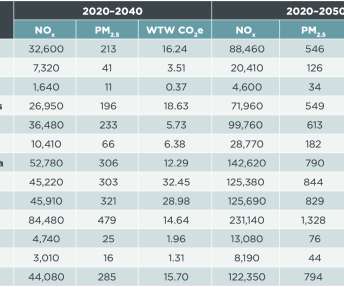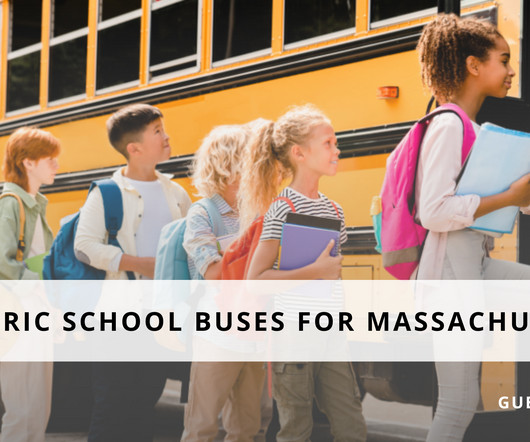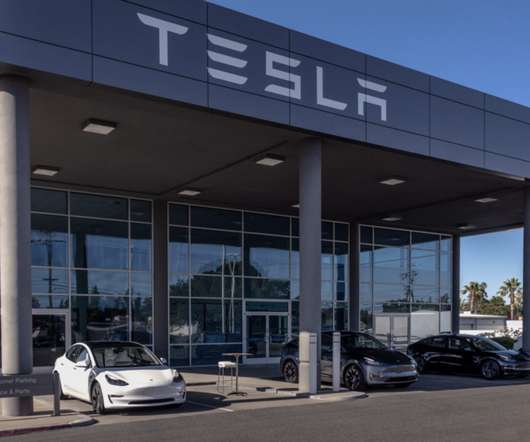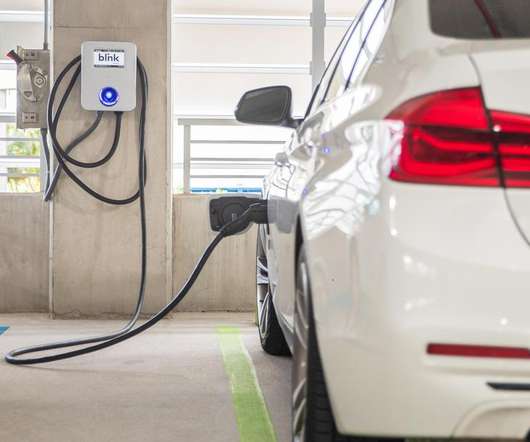ICCT report quantifies emissions benefits if 12 states & DC adopt slate of California medium- and heavy-duty vehicle regulations
Green Car Congress
NOVEMBER 1, 2021
The International Council on Clean Transportation (ICCT) has released a report it commissioned from Sonoma Technology, Inc. The ICCT defined six scenarios for analysis: Business as Usual (reflecting current Federal programs only, and non-implementation of the GHG Phase 2 trailer requirements).

















Let's personalize your content